Maria Pedenko. Red flame of war
1943 year Novorossiysk. Paid for thousands of lives, the Malaya Zemlya bridgehead bite into the rocky ground and fiercely defended itself against the superior forces of the Nazis. The city was destroyed by more than 98%. First, virtually nameless combined brigades, and later fighters of the 318th Infantry Division forced the Nazis to move back in the area of cement plants on the eastern side of Tsemess Bay. Soon the Germans began to call Novorossiysk “a devil's throat”.
Hundreds of German bombers plowed this land with thousands of bombs daily. German sowed sea aviation so much so that even the long-awaited evacuation to the "mainland" was deadly. There was an acute shortage of ammunition, medicine and provisions. All Small Earth right up to Myskhako was penetrated by a network of trenches and dugouts. Even its “rest house” functioned - a deep fortified bunker with clean beds and hot meals, to earn a “ticket” to which you could only distinguish yourself in the battles at the forefront. And now, in the midst of this nightmare of war, no, no, a flashing “sun ray” will flash - Sergeant (and later Lieutenant) Maria Pedenko, a small smiling girl with bright red hair, for whom the Marines nicknamed her the Red Half.
On the way to Little Earth
Maria Petrovna was born in 1920 in the province, in the village (since 1938 - the city) of Molochansk, Zaporizhzhya region of the Ukrainian SSR. As Maria herself later wrote, she then lived in her small town joyfully and happily. The future Polundra in her youth dreamed of becoming a teacher and, like any Soviet teenager, read out Ostrovsky's novel How Steel Was Tempered, without even imagining that he would see Novorossiysk (in which Nikolai wrote his novel) in ruins and fire.
In 1939, Maria Pedenko successfully graduated from high school number 2 in Molochansk. Following her dream, Mary entered the Dnepropetrovsk Pedagogical Institute. However, due to a serious illness of his father, who lost mobility and was practically numb, Mary was not destined to study. The whole burden of maintaining the family fell on her shoulders, but she did not lose heart - she worked as a teacher, a pioneer leader and soon headed the Molochansky Palace of Pioneers.
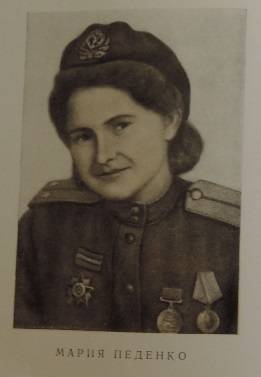
And then the war fell on the Soviet Union. From the very first days, Maria looked after the wounded, but the bloody winds carried her farther away from her native Molochansk. She ended up on the Southern Front in the Krasnodar Territory, having already managed to get a serious wound and to get to the hospital. As soon as Maria recovered, she began to literally bombard all possible instances with requests to join the Red Army.
However, they answered her with refusals, motivating them with two reasons: the absence of a dress for women military personnel and the consequences of her injury.
Maria got a job as a pioneer leader in high school, but for a second she did not leave the desire to return to the front. And if the bosses, languishing from the endless requests of the girl, knew her character, then it would hardly have refused. Finally, Maria undertook to write a new letter, but this time Joseph Stalin himself was the addressee. Whether that letter reached the almighty leader is not known for certain, but another thing is known: Mary got her way.
To Maria’s extraordinary joy, she was sent not to the infantry, but to the fleet, which she was extremely proud of for the rest of her life. First, she completed military-political courses at the Political Administration of the Black Sea fleet. After that, she was sent to the legendary 255th Marine Brigade. By that time, the glory of the Marines was already booming in the North Caucasus. In the autumn of 1942, the Marines of the 255th defeated the 3rd Romanian Mountain Rifle Division on the approaches to Gelendzhik in the area of the villages of Erivan and Shapsug. The defeat was so fatal that the remnants of the division were immediately withdrawn from the front, and the demoralization of all Romanian troops reached such an extent that almost all the Romanian formations were temporarily transferred to fight against partisans and to strengthen PDO.
However, after the appointment, Maria was somewhat ignored, not wanting to be sent to the front. A short, thin and fragile 22-year-old girl looked just like a girl from behind a school desk, and a shock of bright red hair involuntarily raised the question of unmasking positions, no matter how funny it may sound. But Maria again showed perseverance and herself reached the front, not hoping to join the next batch of fighters. On November 16, 1942, Junior Sergeant Pedenko became a fighter of the 255th Marine Brigade.
Small land of the Red Half
Despite the fact that many indicate that Maria was in the first wave of the famous Kunikovsky landing, this is not entirely true. The first wave of the landing consisted of people personally selected by Kunikov, who did not recognize fighters without the Odessa or Sevastopol combat experience, and besides, the Kunikov detachment passed the major’s personal school.
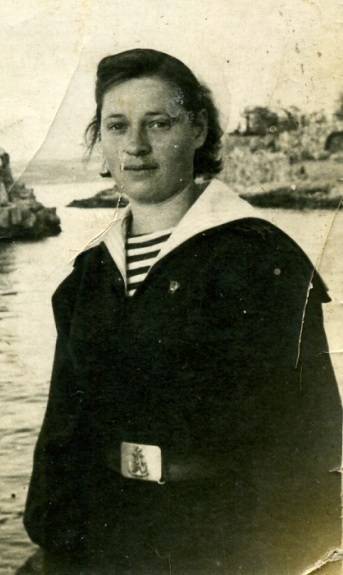
However, when the phrase “from the first days” is referred to in relation to Pedenko, the authors are absolutely right, since the 255th brigade landed on Malaya Zemlya a day after Major Kunikov’s group on February 6, 1943, when the bridgehead was actively expanding. Thus, Mary was included in the composition of the troops, which would later be called the "first echelon."
From the very first days, Mary became a universal favorite. The Marines did not look for souls in their political worker. Later in the memoirs, the commander of the reconnaissance company of the marine brigade, as well as the military journalist George Vladimirovich Sokolov wrote:
This open kind look became for many fighters both a consolation, and an aid, and a source of strength in the bloody meat grinder of the front. She became so her own that the sailors did not even call her by name - Mary, but either called her marine Marina, or, as indicated above, Red Polundra.
Initially, the position of Mary seemed more than modest and did not reveal the whole range of her duties. She was the librarian of the 255th Marine Brigade. But no one could have dreamed about any silence of bookshelves in the Lesser Land. Librarian Pedenko was a medical instructor, and a cook, a messenger, and a postman, and a correspondent, and periodically darned a military uniform, which quickly wore out in combat conditions. In order to collect information for the political department, she regularly went to the cutting edge of the unit in search of timely information about the situation and participated in ambushes.
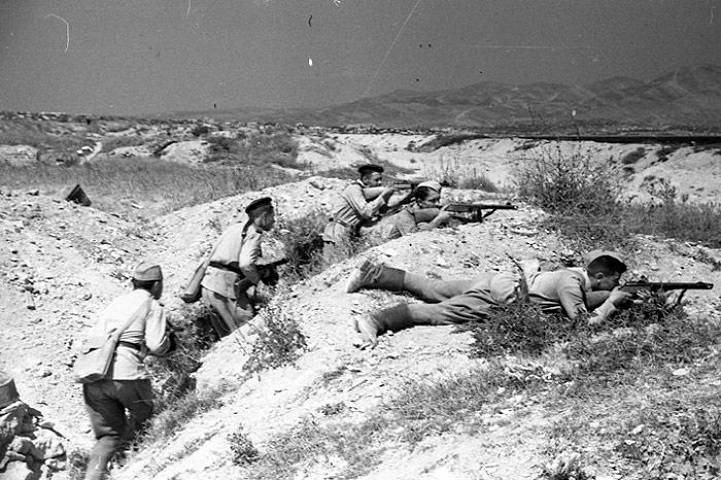
But all of this stormy nature of Mary was not enough. Realizing the wild shortage of any press connecting Malaya Zemlya with Bolshaya, Pedenko decided to independently publish the manuscript newspaper Polundra. Sometimes she managed to make time to make two or even three copies of the newspaper. In it, she published mainly satirical and humorous essays, funny sea tales and more, which will help the fighters get distracted, but not only. So, she wrote with great love a short essay about the life of Nikolai Alekseevich Ostrovsky, whose novel Maria admired before the war. The soldiers read out the manuscript to the holes in the pages, handing the sheets from unit to unit.
At the same time, the “editorial office” of the Polundra newspaper and the integral “Information Leaflet” of the political department were located in the dugout, but occupied one dilapidated table, for which they had to work. Pedenko slept in a stable half-bombarded with earth, which also had a thin roof.
Brezhnev and lieutenant epaulettes
Leonid Ilyich Brezhnev, future secretary general, and at that time colonel and deputy head of the political department, had heard about the Red Half. Already after the war, among the many episodes of those hard and bloody days and among the many fighters with whom fate brought him, the Secretary General recalled precisely the meeting with Maria:
- Where are you from? - I ask her.
- From the battalion of sailors.
- How do they relate to you?
- Good.
- Do not offend?
- No, what are you!
It turned out she was drawing. Immediately unfolded her battle sheets. As I remember the drawing and the inscription below it: “What, Vasya, are you stewing?”
Celebrated Mary and the service. Already February 22, 1943, i.e. literally a couple of weeks after landing on Malaya Zemlya, Junior Sergeant Pedenko was awarded the medal “For Courage”. The personal combat feat and merit stated that Mary “from the first days of landing in the Novorossiysk area under heavy artillery and mortar fire provided assistance to wounded soldiers and commanders”, as well as “during her stay at the front line she always had conversations with soldiers, inspiring them to heroic deeds. "
As a result, the brutal low-land school turned the junior sergeant into a lieutenant, and the somewhat strange post of librarian was replaced by the post of Komsomol. The operation for the complete liberation of Novorossiysk from the Nazis was inexorably approaching. But to see with his own eyes this holy moment for Mary of the small villagers was not possible. Before the onset of the offensive, Pedenko once again ended up in the hospital. In late spring, Mary was shell-shocked during a massive shelling.
Return to service
The concussion was severe. In September 1943, Novorossiysk was released, and Maria continued to be in the hospital for treatment. She met the news of the release of her native Molochansk in a hospital bed. Until the end of the year, she was not able to return to duty, but the stubbornness of the frantic Komsomol and this time prevailed. In 1944, Maria again began to beg to the front, and again they tried to refuse her - she already had two wounds. And again, the authorities do not withstand the pressure and lets her go to the front.
Alas, she was not destined to return to the 255th Marine Brigade. The “black devils” dearly beloved by Mary were already approaching the borders of Bulgaria. Therefore, she was appointed in the usual position of the Komsomol in the 987th Infantry Regiment. The tireless Maria literally in a few months recruited into the ranks of the Komsomol in combat conditions a little less than a hundred young fighters. And, of course, she continued to endure the wounded, cook, darn clothes, and more.
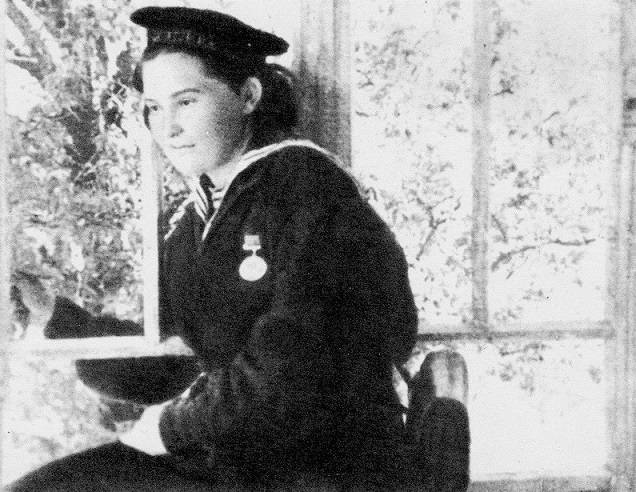
In 1944, when the name Pedenko was on the list for awarding the Order of the Red Star, an old friend suddenly intervened ... Leonid Ilyich. Seeing the surname familiar from Malaya Zemlya, Colonel Brezhnev, without hesitation, put a signature on the award sheet of a very young girl, so sunken in his memory.
Maria Petrovna will pass through the lands of Ukraine, having seen the ruins of her native Molochansk, through the territory of Poland, Hungary and Czechoslovakia. She paid with her own blood the right to enter Berlin as a winner and leave her signature on the ruins of the Reichstag. But the fate of evil. The Komsomol, which was not even 25 years old, was wounded for the third time. Victory found Mary in the hospital.
Short-lived post-war time
Immediately after demobilization, Maria rushed to her native ashes. Immediately upon her return, when it would be worthwhile to establish life, the girl, a recent lieutenant, began to sort her front notes and memoirs. At the end of 1945 (according to other sources, in the first half of 1946), the only, but very truthful and penetrating work of Maria Pedenko, “The Front Diary”, was published.
This work immediately attracted attention, however, first at the local level. Soon, the girl easily entered the philological faculty of Shevchenko University of Kiev, where she studied from 1946 to 1951. Along with her studies, Pedenko, of course, worked as a freelance lecturer for the Ukrainian Komsomol and regularly published essays in the local press. As soon as she graduated, her dream came true: she became a full-fledged teacher at the working youth school. Maria did not leave literary activity either.
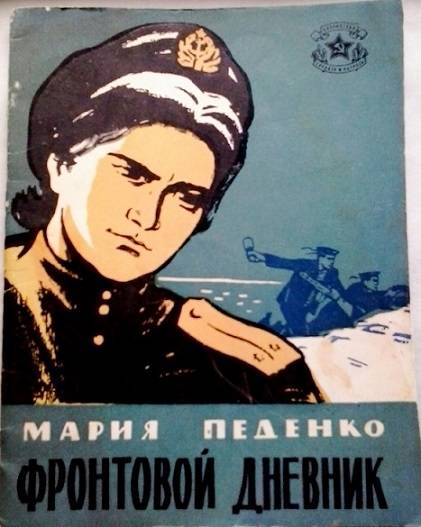
But with each passing month, the load became more and more unbearable, and Maria was not used to either stopping or complaining. Injuries and concussion, apart from more light injuries, began to affect the health of a woman who was not forty years old. Soon she could no longer work, old wounds confined her to bed, which was even more unbearable for her nature.
On December 11, 1957, the heart of the irrepressible Redhead Polundra stopped forever. They buried Mary under gun salvos at the Baykovsky cemetery in Kiev with all the relying military honors. Much later, a monument was erected on her grave, on which the milestones of her service were engraved (landing on the Malaya Zemlya and service in the legendary 255th Marine Brigade) and a resounding nickname - The Red Polundra.
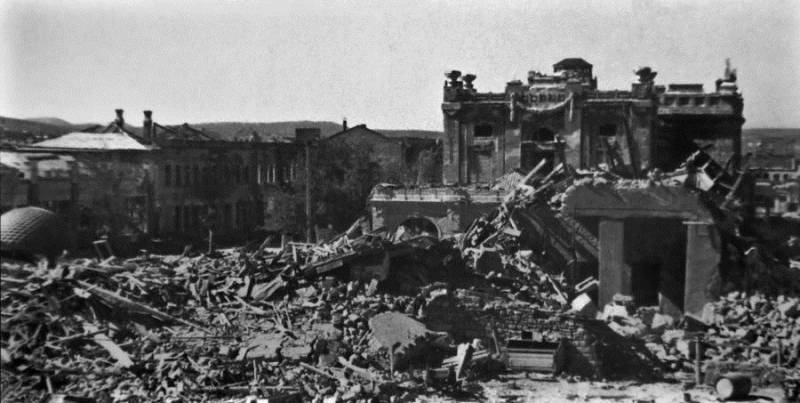
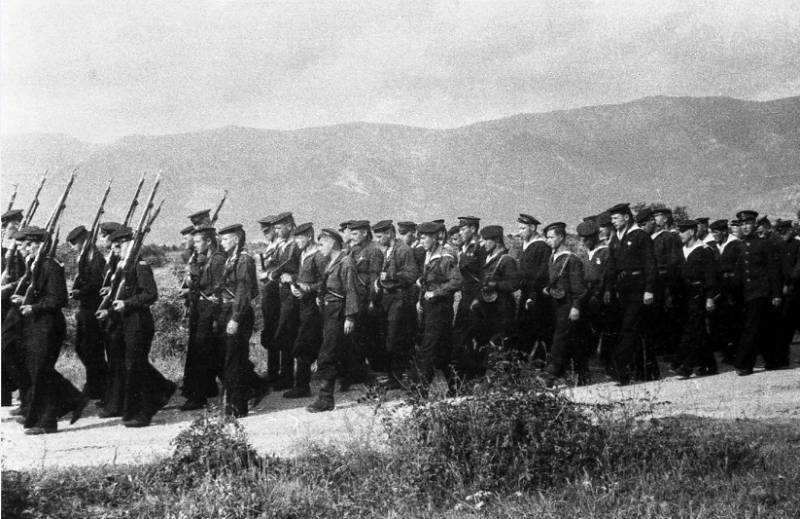
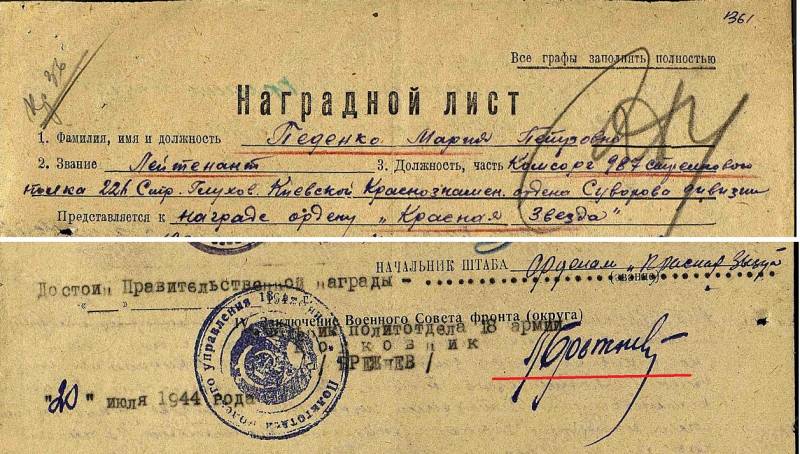
Information